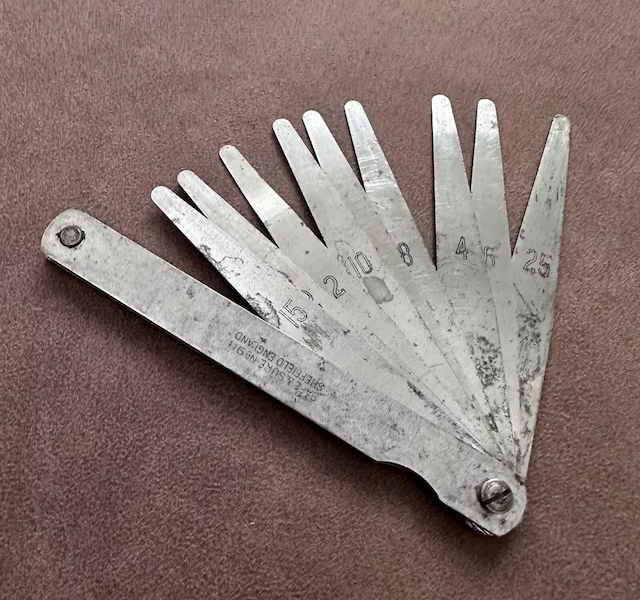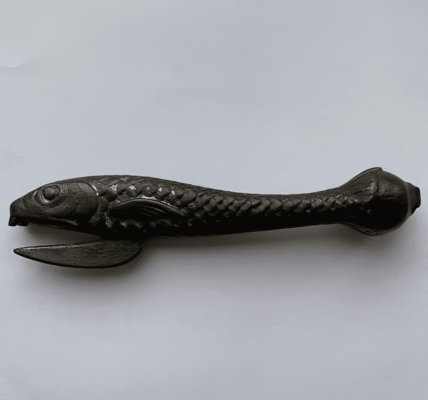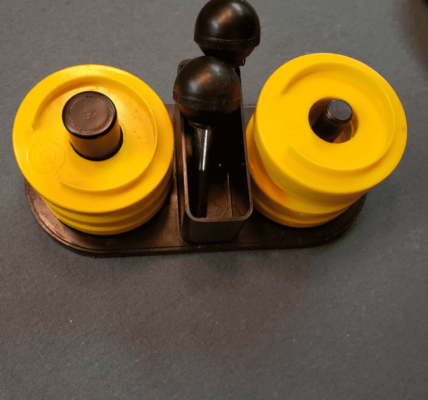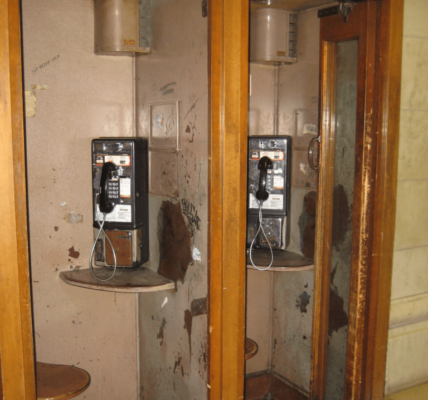Feeler gauges, though simple in design, have been a cornerstone in various industries for decades. These unassuming tools, used to measure gap widths or clearances between parts, play a critical role in ensuring precision and accuracy in mechanical and engineering applications. Despite their vintage origins, feeler gauges continue to be indispensable for professionals who require exact measurements in their work. This article explores the historical context, design, practical applications, and modern-day relevance of feeler gauges.
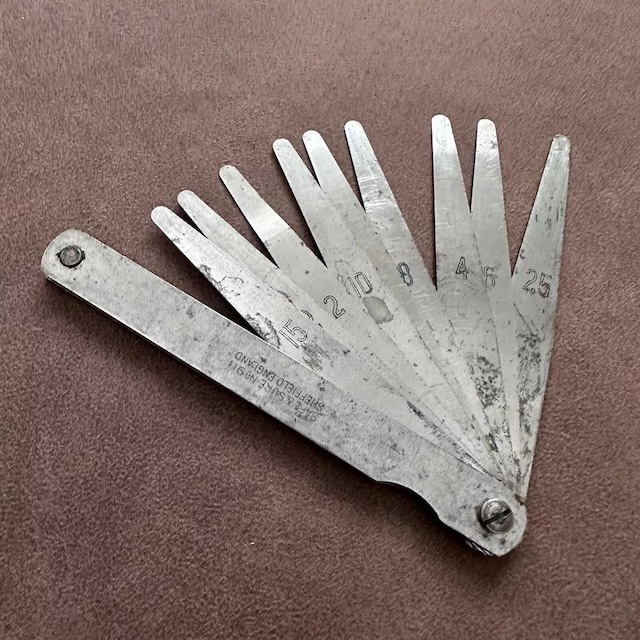
The Evolution and Historical Significance of Feeler Gauges
Feeler gauges trace their roots back to the early 20th century, a time when industrialization was rapidly advancing. As machinery grew more complex and precision became paramount, the need for accurate measurement tools became evident. Feeler gauges emerged as a solution to measure small gaps and clearances with exactitude, allowing engineers and mechanics to ensure that components fit together perfectly.
The Historical Context and Development of Feeler Gauges
The design of feeler gauges has remained largely unchanged over the years, a testament to their effectiveness and practicality. Initially used in industries such as automotive repair, mechanical engineering, and manufacturing, feeler gauges quickly became a staple in any professional’s toolkit. Their ability to provide precise measurements with minimal effort made them invaluable in ensuring the reliability and efficiency of machinery.
The Critical Role of Feeler Gauges in Various Industries
Feeler gauges are predominantly used in fields where precision is crucial. In the automotive industry, for example, these tools are essential for measuring the gap between spark plugs, adjusting valve clearances, and ensuring that engine components are correctly aligned. The success of an engine’s performance often hinges on these precise measurements.
In mechanical engineering and manufacturing, feeler gauges ensure that machine parts are assembled with the correct tolerances. A tiny gap that is too large or too small can lead to malfunctions, reduced efficiency, or even catastrophic failure. Feeler gauges help prevent such issues by allowing professionals to measure and adjust gaps with high accuracy.
Specific Job Field and Its Requirements
Understanding the Design and Functionality of Feeler Gauges
At first glance, feeler gauges may seem straightforward, but their design is a marvel of simplicity and functionality. Typically, a feeler gauge consists of a set of thin metal blades, each with a different thickness, marked clearly on the blade itself. These blades are made from high-quality steel, ensuring durability and resistance to wear, even with repeated use.
The design allows for easy selection of the appropriate blade to measure a specific gap. By inserting the blade into the gap, professionals can determine the clearance with precision. If the blade fits snugly, the gap matches the thickness of the blade; if it’s too tight or too loose, another blade can be selected. This tactile feedback is invaluable, especially in environments where digital tools might be cumbersome or impractical.
The Design and Functionality
The Wide Range of Practical Applications for Feeler Gauges
Feeler gauges are incredibly versatile, finding applications across various industries. In the automotive sector, they are indispensable for tasks such as measuring the gap between spark plugs, which is critical for proper ignition and engine performance. They are also used to set valve clearances, ensuring that the engine’s valves open and close correctly, avoiding engine damage or performance issues.
In manufacturing, feeler gauges are used to check the alignment and assembly of machine parts, ensuring that they meet the required specifications. This prevents issues like excessive wear, vibrations, or inefficiencies in the operation of machinery. The reliability and ease of use of feeler gauges make them a preferred tool for professionals who require precise measurements in their work.
The Enduring Relevance and Legacy of Feeler Gauges in Modern Times
In an age where digital tools are becoming increasingly prevalent, feeler gauges have managed to maintain their relevance. Their simplicity, reliability, and cost-effectiveness make them an enduring tool for professionals in various fields. Unlike digital tools, which can be complex and require power, feeler gauges offer a tactile feedback that many professionals find irreplaceable, especially in tight or hard-to-reach spaces.
Modern-Day Relevance and Legacy of Feeler Gauges
Collectors and enthusiasts also hold vintage feeler gauges in high regard, appreciating their historical significance and craftsmanship. These tools represent an era when simplicity and practicality were at the forefront of tool design, and their continued use today is a testament to their timeless utility.
Conclusion: The Lasting Impact of Feeler Gauges on Precision Work
Feeler gauges, with their straightforward design and practical applications, have proven to be invaluable tools in a wide range of industries. Their ability to provide precise measurements with ease and reliability has ensured their continued use, even in the face of advancing technology. As we continue to evolve technologically, the lessons learned from such vintage tools remain invaluable, reminding us of the importance of practicality, durability, and simplicity in tool design.
Feeler gauges are more than just tools; they are a legacy of a time when precision and craftsmanship were paramount. By understanding and appreciating their value, we can ensure that these principles continue to guide us in our work, no matter how advanced our tools become.
